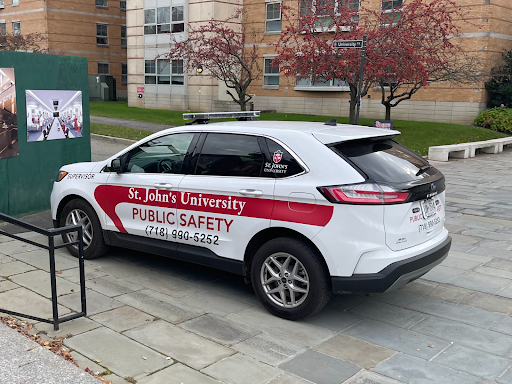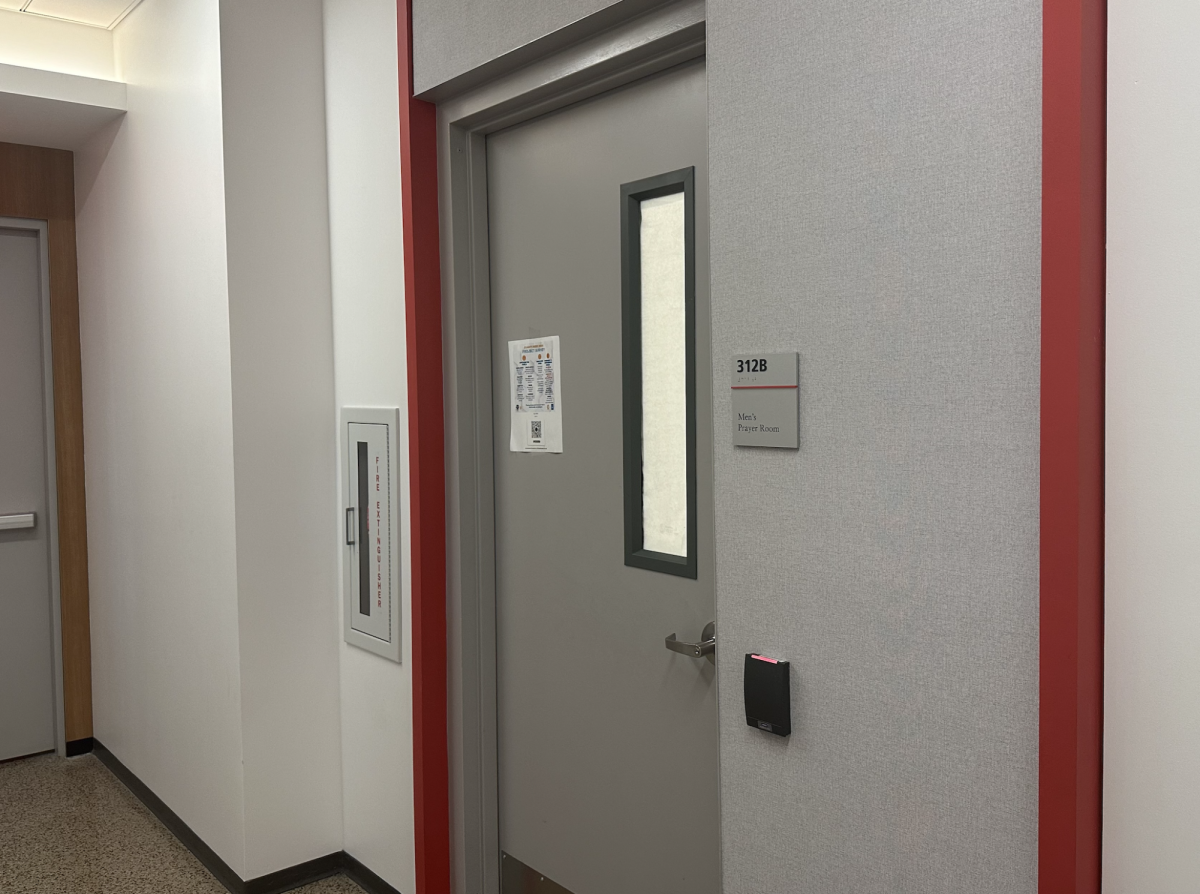This week, the Trump administration announced that they are “seriously considering changing” the government’s official definition of gender to one’s biological sex determined at birth. Under this new definition, the recognition of transgender individuals under the law would be jeopardized if they can no longer use their preferred gender identities.
Under the Obama administration, the legal concept of gender was loosened in federal programs, with a definition that recognized the gender identity chosen by the individual. However, President Trump is finding another way to erase the work of his predecessor.
The progress of transgender recognition has sparked conversation across the country and “prompted fights over bathrooms, dormitories, [and] single-sex programs,” according to The New York Times.
So what could this decision mean for people who identify as transgender in the United States?
According to the Department of Education, “Title IX’s sex discrimination prohibition extends to claims of discrimination based on gender identity or failure to conform to stereotypical notions of masculinity or femininity…” The erasure of transgender identities within the government view could remove them from the umbrella of Title IX protections in the future.
The freedom of self-identity should be prioritized and protected at all costs, for all individuals. As a nation, we cannot keep ignoring the infringement of human rights that is happening to people on such an unprecedented scale.
This issue resonates on our campus right now, as we saw at this week’s Love March. The student-led demonstration highlighted the injustices faced by certain students on this campus, and demand change for the way that Title IX cases are handled by university administration.
St. John’s officials should be held accountable, especially when students openly voice their grievances with their peers. They want to be heard. They also deserve to see effective change.
Spectrum’s list of demands include initiatives that would foster a more welcoming environment for all students, regardless of their identity. For instance, introducing gender-neutral restrooms in all buildings on campus and allowing students to reside in housing that correlates with their gender identity would create a more comfortable environment for LGBTQ+ students.
Hopefully, the recent implementation of the Inclusivity Resource Center and Academic Center for Equity and Inclusion can help create a better system when it comes to issues that the LGBTQ+ community at St. John’s faces.













